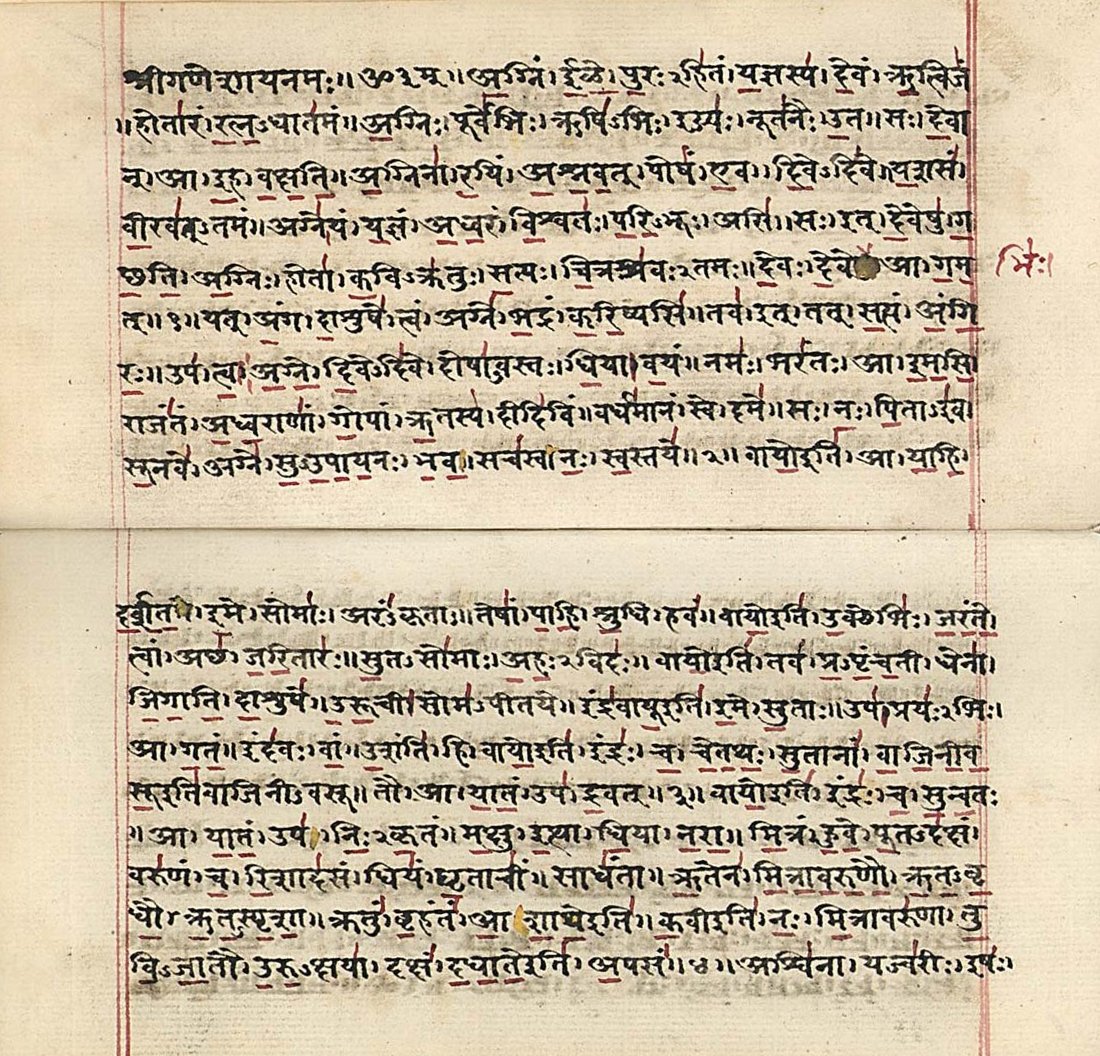MAHARISHI STHAPATYA VEDA PDF - Based on ancient Vedic Traditions and the principles of Natural Law, Maharishi Sthapatya Veda involves the building and restructuring of the entire world. Based on ancient Vedic Traditions and the principles of Natural Law, Maharishi Sthapatya Veda involves the building and restructuring of the entire world. 9 Jun Sthapatya is a word from Sanskrit the language of ancient India, which marriage of two branches of Veda; Ayur-Ved and Jyotish sastra.

Sthapatya Veda In English Pdf


Sthapatya Veda In English Pdf
Sthapatya Veda Pdf Books
|

